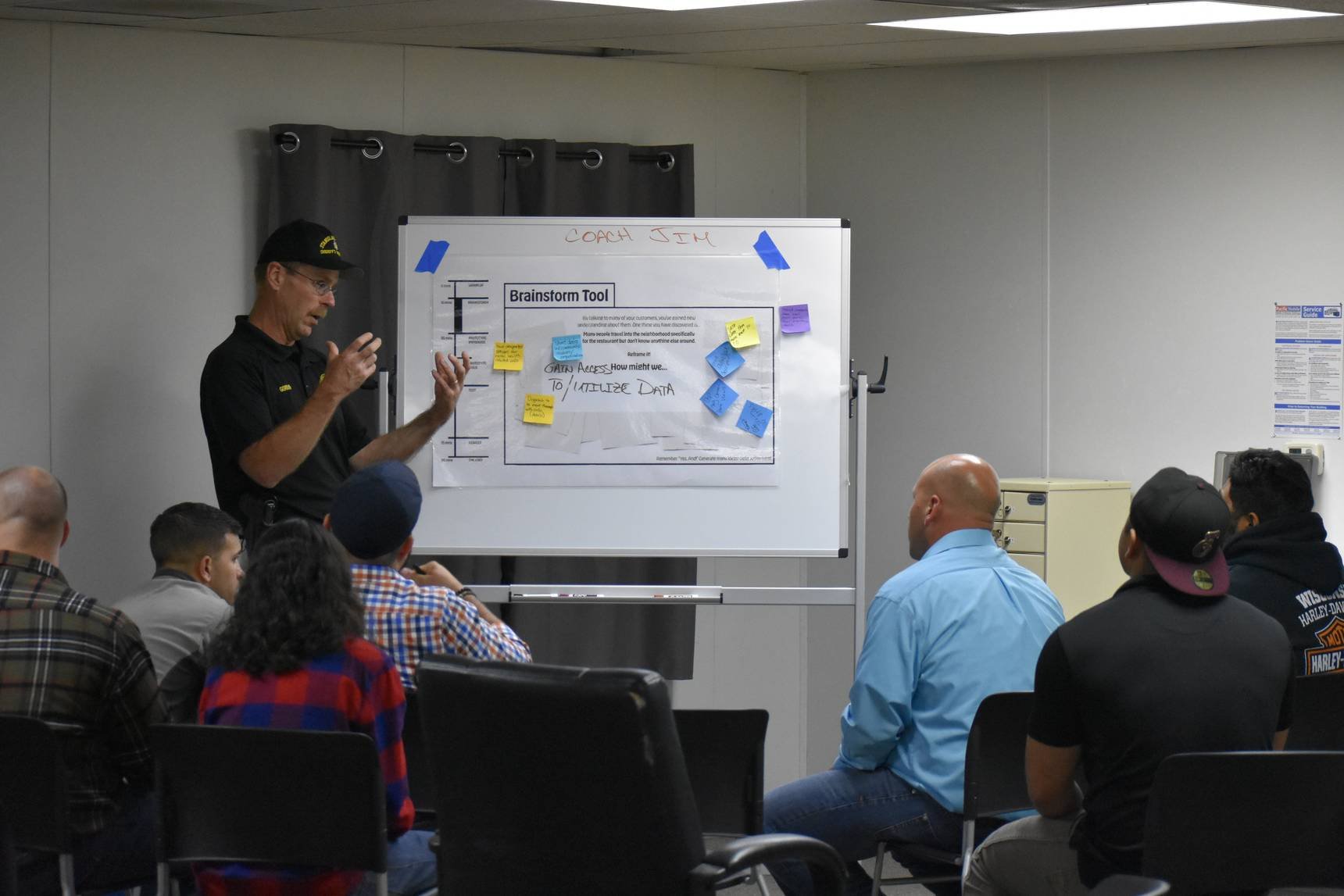Let’s Redesign Our Police
Photo by Colin Lloyd on Unsplash
Every day, we are faced with reports of police officers using excessive, sometimes fatal, force against unarmed citizens. It's undeniable that law enforcement has a high-stress job, and like in any profession, there are good and bad actors. However, some careers may not be able to tolerate the consequences of having bad actors or such a large margin for error. With racial disparity continuing to increase and social outrage reaching a boiling point, it's important to consider alternative solutions before it's too late. This is where designers may come in as unlikely allies to address this issue. Hear us out…
Win win of designing a new policing process
Design thinking is a problem-solving approach that has been proven to be highly effective in addressing complex and pressing issues in various industries. The same can be said for the field of policing, where critical issues such as community trust, racial bias, and the use of force require innovative and human-centered solutions.
The core principles of design thinking include empathy, experimentation, and iteration. When applied to policing, these principles can result in a number of benefits, including:
Improved community relations: By taking a human-centered approach and seeking to understand the perspectives and needs of the community, law enforcement can better build trust and establish positive relationships.
Enhanced problem-solving abilities: Design thinking encourages experimentation and iteration, allowing police departments to test and refine new solutions to persistent issues.
Reduced racial bias: By examining problems through an empathetic lens and seeking to understand the experiences of marginalized communities, law enforcement can work to address and reduce racial bias in policing.
At the very least we can come out of it as better, more empathetic humans
Steps to Implement Design Thinking in Policing
Empathize: Gather data and conduct research to gain a deep understanding of the perspectives and experiences of all stakeholders, including the community, police officers, and other key players.
Define the problem: Identify the critical issues facing the police department and define the problem in a clear and concise manner.
Ideate: Generate a wide range of potential solutions through brainstorming sessions, stakeholder interviews, and other ideation techniques.
Prototype: Create physical or virtual prototypes of the most promising solutions to test and refine.
Test: Conduct thorough testing of the prototypes to identify strengths and weaknesses, gather feedback, and make necessary adjustments.
Implement: Roll out the most effective solutions, continually monitoring and refining them over time.
Setting up a learning lab environment for the project is important, (Photo/Jim Gordon)
Example of Design Thinking in Action: Addressing Racial Bias in Policing
One example of design thinking in action in the field of policing is addressing racial bias. Through empathy and research, law enforcement can gain a better understanding of the experiences and perspectives of marginalized communities. This knowledge can then be used to inform the development of new policies and training programs aimed at reducing racial bias in policing.
Prototyping and testing can also be used to validate these new solutions, such as pilot programs in select departments. Over time, the most effective solutions can be scaled and implemented on a larger scale to have a meaningful impact on reducing racial bias in policing.
Can we really redesign modern policing into perfection? Unlikely! But it is a start in the right direction
By adopting design thinking as a problem-solving approach, law enforcement agencies can address critical issues in policing with innovative, human-centered solutions. Empathy, experimentation, and iteration are key to the success of design thinking in policing, and through a commitment to this approach, police departments can work to build trust, reduce racial bias, and make positive change in their communities.
How can we help?
If there is anyone who is/has connections to any police department or law enforcement officials who would be willing to run a workshop with few police officers in their hometown or area we would love an opportunity to bring in our team and start an honest dialogue. So we can learn from you and in turn help you better understand and manage these pressing issues.
Write to us, tweet to us, call us please, so we can help shape a safer, more mutually respected tomorrow!

